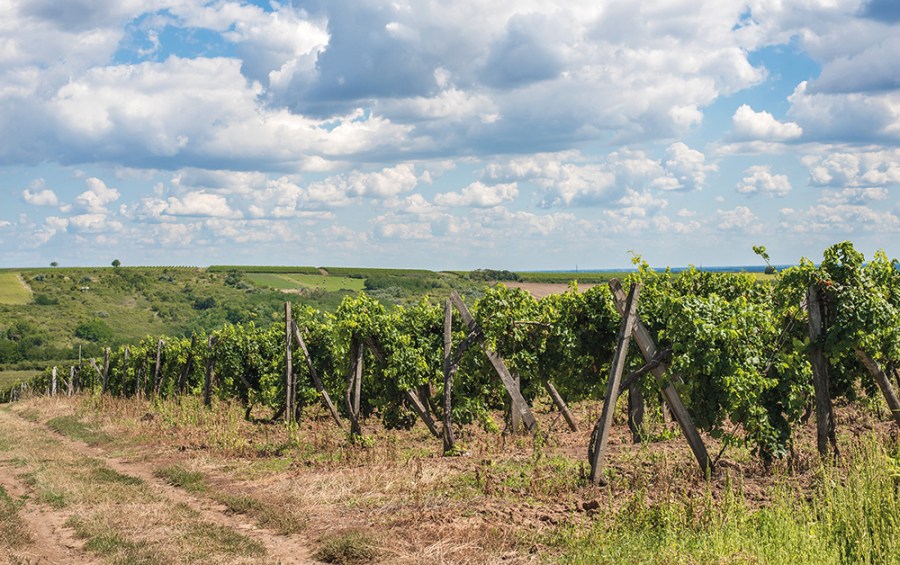Yields down but quality shines in a roller-coaster season.
As the year draws to a close, Hutchinsons’ Chris Cooper and Rob Saunders look back on the season just gone and give some timely advice for a December vineyard tidy-up.
From the damage caused by late frosts in May to the pressures on labour availability due to coronavirus restrictions, the 2020 season has been tough for many reasons.
But while overall yields may be below par, growers have shown great resilience in delivering crops that are generally of excellent quality thanks in part to some favourable weather over the summer and early autumn. Once past the frost period, vines looked good through the summer and while many growers would have liked more grapes, most will be glad they persevered with frosted crops and pushed secondary growth with foliar nutrition and biostimulants.
There have been some issues with lower bunch weights in Pinot varieties, with reports of figures as low as 30g per bunch, well below the usual 150g, despite good fruit set earlier in the year. These smaller bunches have an intensified flavour that should produce an excellent wine though, which provides some compensation.
Bunch weights in Bacchus and Chardonnay have generally been very good, so it is not entirely clear why some Pinots have been affected. One possible cause could be wet weather during flowering which may have reduced the effectiveness of wind pollination (anemophily).
The exceptionally wet autumn and winter 12 months ago may also have played a part in flushing key nutrients from the soil, leaving plants short later in the growing season. It is well worth conducting a thorough assessment of soils as we head into 2021 to ensure there are no underlying nutrient deficiencies after one of the wettest Octobers on record.
Given a fairly dry growing period and more open canopies, disease pressure has generally been fairly low through 2020, with dry conditions in September helping to keep a lid on botrytis, which has helped maintain quality through to picking.
This does make it harder to evaluate performance of Botector, the new biological fungicide for controlling botrytis, but observations suggest it has done a good job. It is certainly a welcome addition to the armoury given its short harvest interval, which is a key attribute given that increasingly unpredictable weather patterns require growers to be more flexible in their decision making.
Weed clean-up
Winter is a key time to tackle grass weeds under vines, although there is an argument for leaving some cover to help protect bare soil from erosion, nutrient leaching and surface capping over winter.
The best weed control strategy for any particular vineyard depends on the level of weed infestation, plus the weather and ground conditions over coming weeks.
Where under-vine areas are reasonably clear, it may be prudent to wait until late dormancy before applying Roundup Powermax (glyphosate) to ensure ground is clear going into the main frost risk period from March through to May. Be sure not to exceed the maximum total application for Roundup Powermax though, which is
2.5kg/ha/year.
In more weedy situations, one hit of glyphosate is unlikely to be sufficient to effectively control larger weeds, so consider applying Kerb Flo (propyzamide) before the application window closes on 31 January, and follow this with glyphosate if required.
Research in France suggests that adding a silicone surfactant, such as Slither, to propyzamide to reduce the surface tension of spray droplets can improve the distribution of product on the soil and benefit the control of germinating weeds.
ww.hlhltd.co.uk • information@hlhltd.co.uk • 01945 461177




